Inequality persists in the seafood sector but there are ways to close the gender equity gap
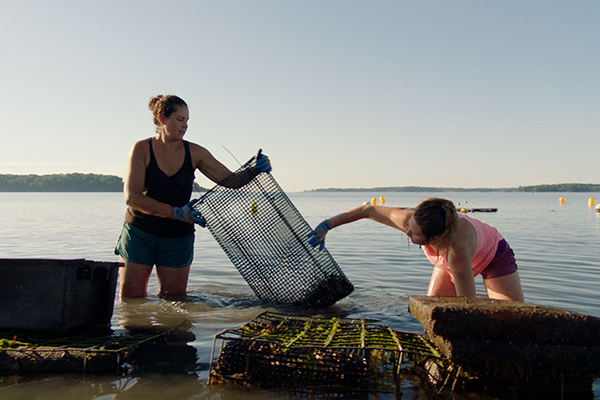
In recent years, social justice movements like #MeToo and Black Lives Matter have pushed diversity, equity and inclusion issues to the top of the public and political agenda. The impact is being felt everywhere: Whether in the boardroom or classroom, discussions and debates are happening about hard topics – racism, sexism, homophobia, white privilege and discrimination – across the continent. And those long-overdue conversations are starting to transpire in the seafood sector.
Last week marked the inaugural Women in North American Aquaculture Summit (WINAAS) – a one-day virtual event to “understand the road to equal opportunity” in the seafood industry. Featuring five panels, the event discussed some challenges faced by women working in the seafood sector, as well as possible solutions.
A range of complex topics were discussed: From equal pay and hiring practices to entrepreneurship and innovation to training and mentorship. Overall, the event produced plenty of food for thought, with enough left over to spawn a second summit.
‘The solutions are everywhere’
Keynote speaker Julie Kuchepatov – founder of Seafood and Gender Equality (SAGE), a non-profit organization working to increase women’s power and influence in the U.S. seafood sector – spoke about systemic issues that fuel an unequal industry. One of the biggest hurdles to equality is the lack of data collection on women’s participation in aquaculture and fisheries.
“Women’s roles aren’t seen [in some countries] because data isn’t collected about their participation,” she said. “The fact that we don’t know how many women are involved in [U.S. seafood] production is mind-boggling to me.”
Limited data on sex and gender leads to women not being adequately counted, which can mean how they participate in seafood supply chains is under-researched and undervalued. This gap in knowledge also leads to current policies and structures to be “gender-blind” – meaning they do not take into account different roles and diverse needs, and therefore, maintain the status quo and unequal structure of gender relations.
“By collecting such data, policies would no longer be gender-blind,” said Kuchepatov. “We need to be counted.”
Despite limited data on women’s participation, Kuchepatov spoke about how women play a significant role in the industry, with available evidence showing that 50 percent of the workforce in the global seafood industry are women. At the supply chain level, most women – 95 percent according to some estimates – are working as essential, frontline workers, processing seafood after harvest.
However, Kuchepatov said women are severely underrepresented in management and decision-making roles, and their contributions to the sector are often underacknowledged. Globally, at the industry level, only 4 percent of the top seafood companies have women CEOs. Likewise, women compromise only 21 percent of boards of the leading North American seafood companies, she said.
“The number of women CEOs can be counted on one hand,” said Kuchepatov. “But evidence shows that companies thrive when women are in charge.”
Kuchepatov said that gender-based violence (GBV) is another barrier, often manifesting in the form of sexual harassment, human trafficking and restricted finances. A 2019 USAID report highlighted GBV as a “specific concern” in the fisheries sector, with “structural inequalities and harmful social norms put[ting] women and girls in vulnerable situations, where they may be affected by and exposed to violence and abuse.”
“Regardless of the role women occupy, the social costs of GBV experience have additional economic costs borne by women and the state,” said Kuchepatov.
With such complex issues and obstacles, what can be done to improve women’s participation and status in the sector? Kuchepatov briefly discussed a range of remedies: From corporate commitments to achieving gender equality to improving mentorship opportunities to building in practical supports (e.g., childcare) in the workplace.
“The solutions are everywhere,” she said. “Gender equality must be mainstream in aquaculture planning, development, monitoring and evaluation. Women will tell you what the barriers are and how to remove them.”
Kuchepatov also touched on how technological advances have helped level the playing field: “New technology can eliminate barriers, especially around physical strength,” she said. “Automation is providing new [opportunities] for women and helping close the gender gap on farms.”
I’ve seen women apologize for pitching. We can’t do anything about the misogyny, but we can do something about our own actions.
‘Find ways to keep them’
One session tackled recruitment and mentorship issues, which can be “shortcuts to success” for women in the seafood industry. However, putting it into practice is not as simple as it seems: Three panelists spoke about how the sector needs to make changes – expand the scope of searches, offer new hires ample training and support and guarantee equal compensation – to attract and retain promising talent.
“There are a lot of really talented women out there,” said Kathleen Offman Mathisen, chief human resources officer at Grieg Seafood Norway. “Sometimes you just have to change your strategy to get more women; and once they are there, find ways to keep them.”
Mentorship was also discussed as key to helping women advance in the sector, as mentors can offer advice on navigating careers and finding work-life balance. For women who have been mentored, the experience and the skills acquired can serve as “essential toolkits” for their professional lives.
Another session offered a “view from the top,” with three female CEOs discussing their experiences as a woman in leadership. For Briana Warner, CEO of Atlantic Sea Farms, “misogyny in the funding space” stood out as a significant obstacle for women leaders in the seafood sector.
“One-point-six percent of venture funding last year went to women,” said Warner. “I’ve seen women apologize for pitching. We can’t do anything about the misogyny, but we can do something about our own actions. Walk in like you own the place just like men do.”
On the bright side, the tides are turning in some communities, with Jennifer Woodland, CEO of Nuu-chah-nulth Seafood, sharing how the next generation of Indigenous women is starting to take over family-run fisheries.
“Before it would be that the family-owned fishery business would be turned over to their sons,” said Woodland. “But more and more, they are training their daughters to take over the fishery.”
‘Before you cast out your net, look internally first’
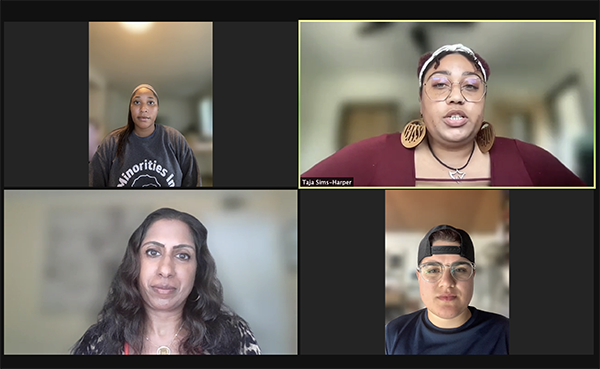
The final panel, “Building intentional dialogue and equity in aquaculture,” featured an open discussion with Minorities In Aquaculture (MIA) founder Imani Black and MIA members Natalie Abdo, Taja Sims-Harper and Anoushka Concepcion about their different experiences as women of color in the aquaculture industry.
“There weren’t any other minorities in these spaces,” said Abdo, an environmental specialist who is currently pursuing her master’s degree in Fisheries and Aquatic Sciences at the University of Florida. “I didn’t see anyone like me. I had to learn to be in that space. It is a struggle and it can be isolating.”
The discussion also highlighted the current status of diversity, equity and inclusion (DEI) in aquaculture and identified “impactful approaches” that could advance DEI to achieve a more sustainable seafood fishery. However, this involves more than just “checking boxes” and changes cannot be rolled out overnight.
“Your space needs to be comfortable for a person of color to step into,” said Abdo. “The training needs to be taught by a person of color, and you need to be having conversations where there’s space to ask hard questions.”
As all the panelists stressed, equity initiatives need to be carefully implemented, with plenty of planning before new hires even get in the door.
“You have to make sure your organization is prepared for diverse applicants before you seek them out,” said Black. “You can’t ask people of color to come on board and be present with what you want them to do if they don’t feel safe to do it. Before you cast your net out, you have to look internally first.”
Watch the recorded event here.
Follow the Advocate on Twitter @GSA_Advocate
Now that you've reached the end of the article ...
… please consider supporting GSA’s mission to advance responsible seafood practices through education, advocacy and third-party assurances. The Advocate aims to document the evolution of responsible seafood practices and share the expansive knowledge of our vast network of contributors.
By becoming a Global Seafood Alliance member, you’re ensuring that all of the pre-competitive work we do through member benefits, resources and events can continue. Individual membership costs just $50 a year.
Not a GSA member? Join us.
Author
-
Lisa Jackson
Associate Editor Lisa Jackson lives in Hamilton, Ontario, Canada. Her work has been featured in Al Jazeera News, The Globe & Mail, The Independent, and The Toronto Star.
Related Posts
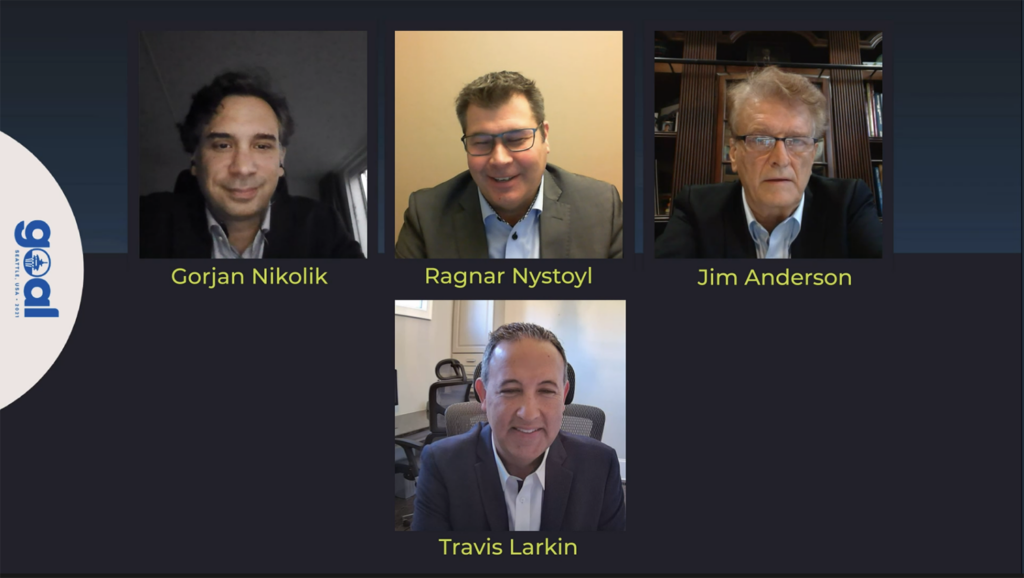
Responsibility
GOAL 2021: Growth ahead for the aquaculture industry
Discussion at the final GOAL 2021 event ranged from Ecuador’s booming shrimp sector to the ‘compass’ of the UN’s Sustainable Development Goals.
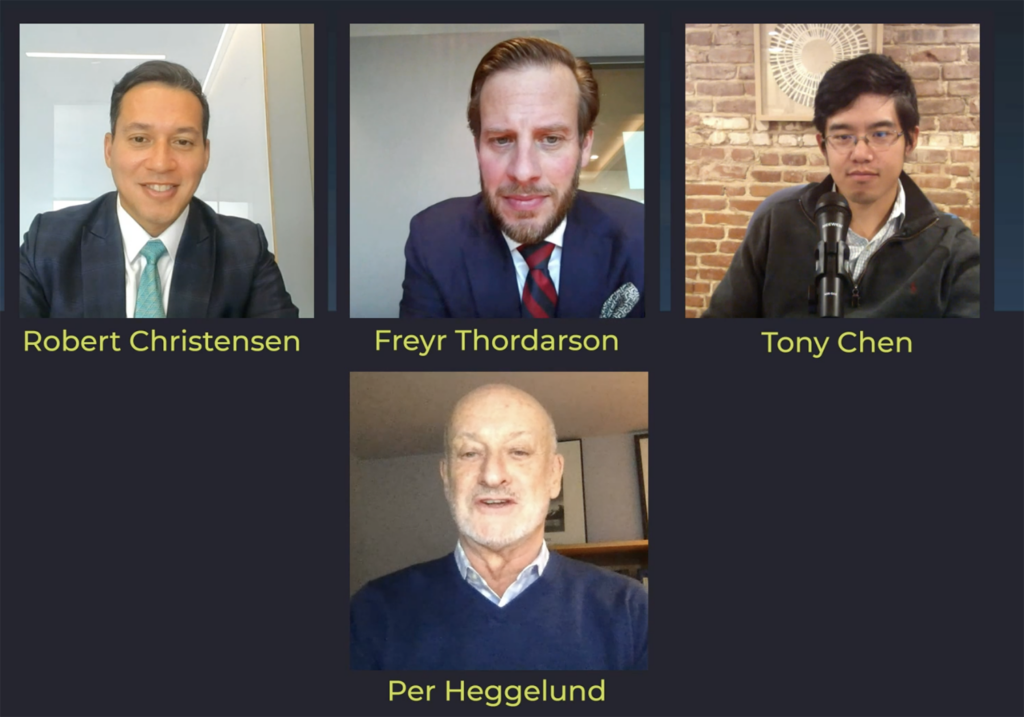
Responsibility
GOAL 2021: Can green financing further sustainable seafood development?
The Global Seafood Alliance’s seventh virtual GOAL conference session delved into the role of green financing in fueling seafood’s transformation.
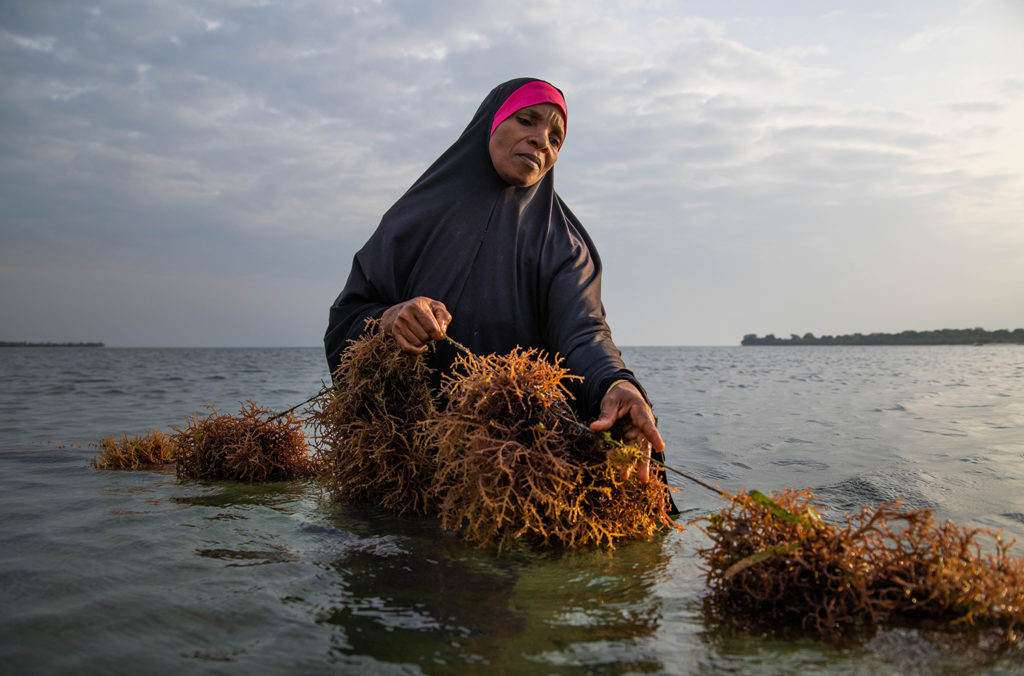
Responsibility
For seaweed farmers in Zanzibar, a chance for real growth
For many Zanzibari women, seaweed farming provides opportunity, but hardships are common. A project from The Nature Conservancy lends hope.
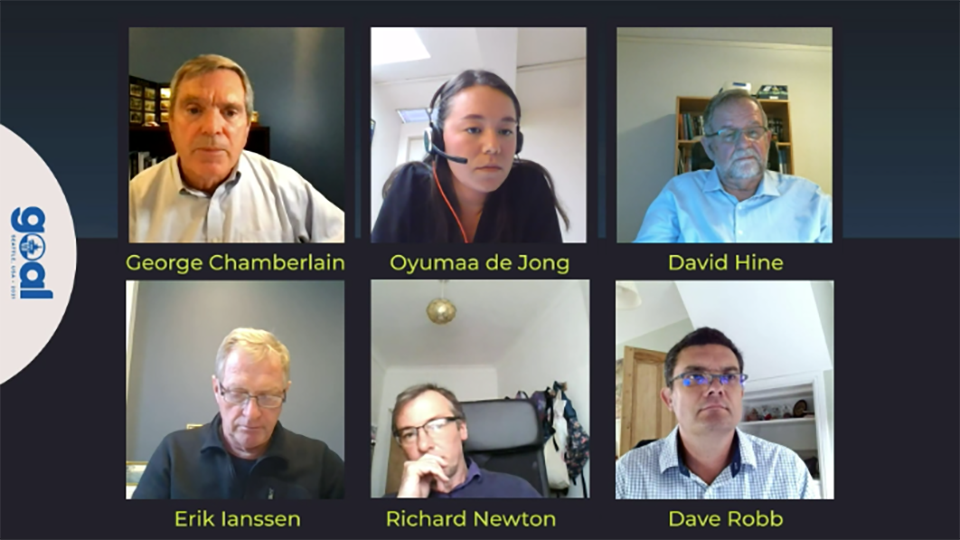
Responsibility
GOAL 2021: Climate change and the ‘dilemma’ of food systems
The latest virtual GOAL conference session dissected the role of seafood production systems and how they perform in a changing climate.



